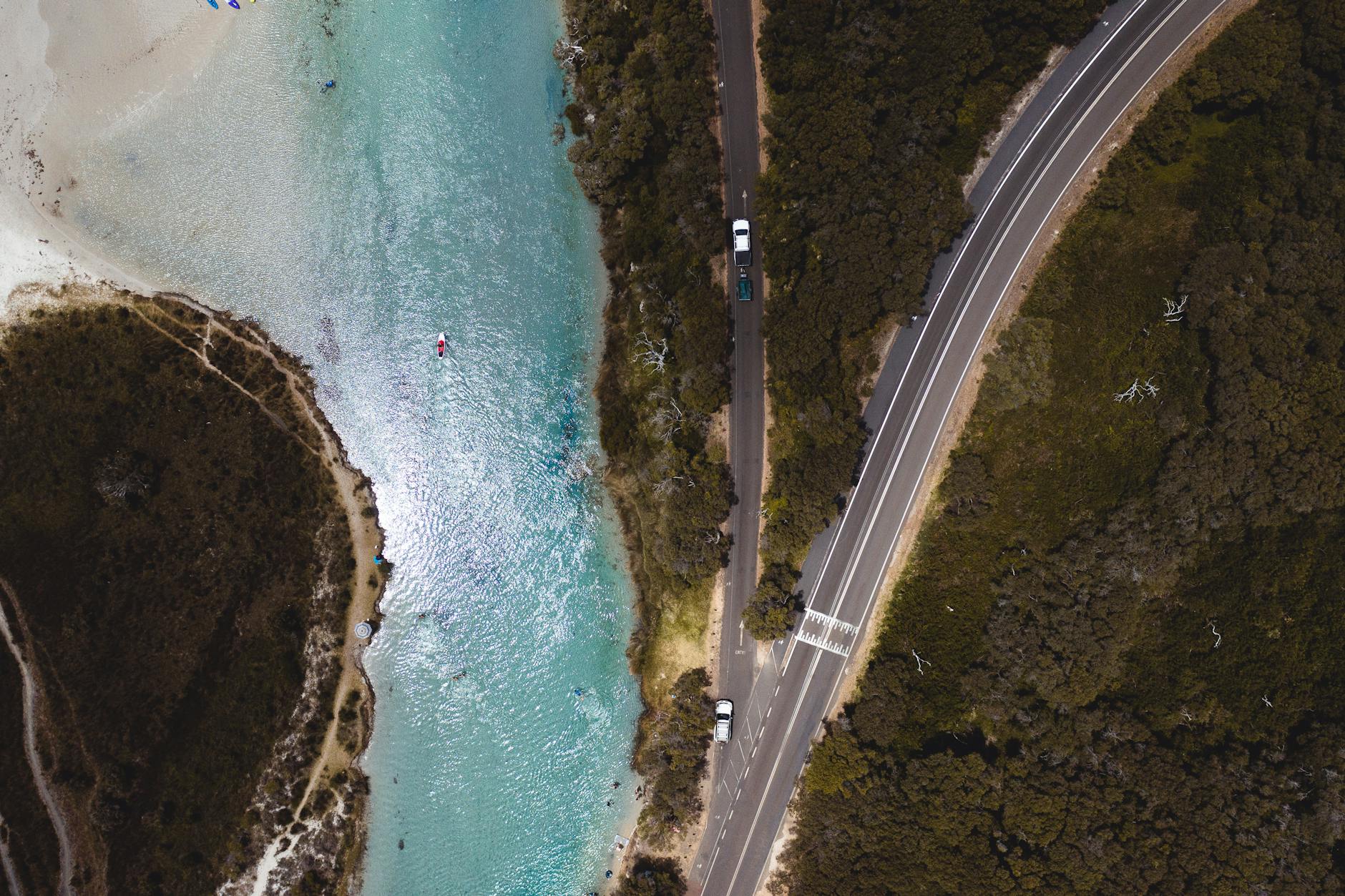DIY Rides: Ace Automotive Spray Paint Tips

Spraying your car with paint can seem like a daunting task, but with the right techniques and a bit of practice, you can achieve a professional-looking finish right at home. Follow this guide to learn the key steps and insider tips to master DIY car spray painting.
Preparation is Key
Having a smooth, clean surface is essential to a flawless finish. Start by thoroughly washing the car with a degreasing soap to remove all contaminants. Next, sand the surface you'll be painting with fine-grit sandpaper (400-600) to ensure the new paint adheres properly. Once the surface is smooth, wipe down with a tack cloth to remove any dust and residue.
Materials Needed
- Automotive-grade spray paint
- Primer (if bare metal or plastic surfaces are exposed)
- Clear coat
- Fine-grit sandpaper (400-600 grit)
- Tack cloth
- Masking tape and paper
- Safety equipment (gloves, masks, goggles)
Prime Time
If you've sanded down the metal or plastic, or if you're working with a new part, applying a primer is crucial. Primer helps the paint stick and leads to a more durable finish. Make sure to apply it in a well-ventilated area, and allow it to dry completely before proceeding.
Spray Technique
Proper technique when spraying is crucial. Hold the spray can or paint gun about 6-8 inches away from the car's surface and spray with a smooth, continuous motion. To avoid runs and sags, apply several thin coats instead of one thick layer. Allow each coat to dry to a tacky finish before applying the next one.
Consistency is the Key to Success
Consistency in overlapping each stroke by about 50% ensures that you won't have stripes or missed spots in your paint. Keep the paint can moving at a consistent speed, and don’t hesitate to practice your technique on a piece of scrap material before starting on your car.
The Clear Coat Advantage
Applying a clear coat provides an extra layer of protection and gives your car that brand-new shine. After the final paint layer has cured, apply the clear coat in the same manner you’ve applied the paint – smooth, even strokes with proper overlapping. Not only does the clear coat enhance the appearance, but it also protects the paint from ultraviolet light and minor scratches.
Drying and Curing
Patience is crucial in this final phase. While the surface may feel dry to the touch after a few hours, full curing can take as long as a week, depending on temperature and humidity. Avoid driving the car during this time if possible or exposing it to dust and debris.
Aftercare
Once the paint has fully cured, it's safe to wash the car. Wait at least a month before applying wax to ensure that the paint has fully hardened. Regularly waxing your car will extend the life of the new paint job.
Final Thoughts
With patience, practice, and attention to detail, DIY car spray painting can be very rewarding. It's a way to save money and take pride in personalizing your vehicle. Remember to work safely, in a well-ventilated area, and always use proper safety gear. Your DIY ride awaits!
Safety Notice
Always wear appropriate safety equipment (a respirator mask, goggles, and gloves) when painting to prevent inhalation of fumes and contact with the skin. Ensure adequate ventilation in your workspace.
Enjoy your freshly painted DIY ride with pride, knowing you've mastered a new skill!